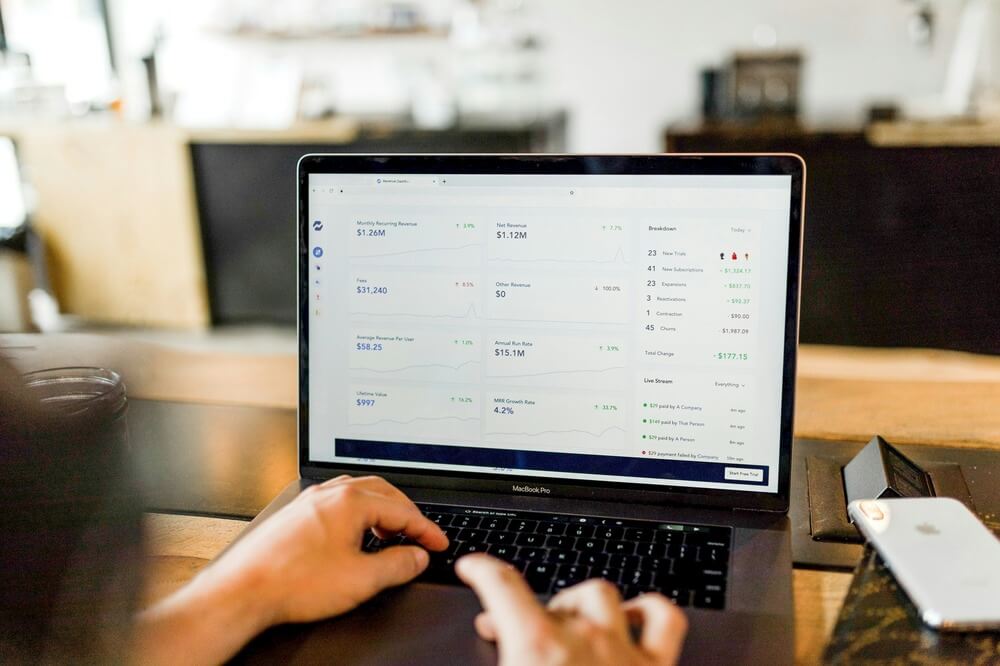Self-employed people are those who work for themselves.
Self-employed people are those who work for themselves.
Once you have registered as self-employed with HMRC, you should receive a notice shortly after the end of the tax year to tell you that you need to complete a tax return.
Sole traders only pay Income Tax on profits – not total income. This means you deduct your business expenses from your total income to work out your taxable income or ‘profit’.

Once you have registered as self-employed with HMRC, you should receive a notice shortly after the end of the tax year to tell you that you need to complete a tax return.
Sole traders only pay Income Tax on profits – not total income. This means you deduct your business expenses from your total income to work out your taxable income or ‘profit’.


If during the tax year, your only income is from self-employment and your profits are less than the £12,570 Personal Allowance, then you will not pay any Income Tax. You may, however, need to pay National Insurance as the thresholds for paying these taxes are much lower.
If you have other income during the tax year, then the amount of tax you pay will need to take into consideration this other income.
This ‘profit’ is what you will then pay Income Tax and National Insurance on, provided that it exceeds the £12,570 Personal Allowance.

If during the tax year, your only income is from self-employment and your profits are less than the £12,570 Personal Allowance, then you will not pay any Income Tax. You may, however, need to pay National Insurance as the thresholds for paying these taxes are much lower.
If you have other income during the tax year, then the amount of tax you pay will need to take into consideration this other income.
This ‘profit’ is what you will then pay Income Tax and National Insurance on, provided that it exceeds the £12,570 Personal Allowance.
Whereas employees have such contributions (Class 1) taken directly out of their earned income, the majority of self-employed people pay National Insurance contributions, given that they are making at least £6,725 in profit. Once over this amount, they will pay £3.45 weekly (Class 2).
If you are self-employed and are making profits of £12,570 or higher, you will pay 9% on profits between £12,570 and £50,270, and 2% on anything above (Class 4).

Whereas employees have such contributions (Class 1) taken directly out of their earned income, the majority of self-employed people pay National Insurance contributions, given that they are making at least £6,725 in profit. Once over this amount, they will pay £3.45 weekly (Class 2).
If you are self-employed and are making profits of £12,570 or higher, you will pay 9% on profits between £12,570 and £50,270, and 2% on anything above (Class 4).


Side hustles are considered another form of work alongside your main employment. Because it is untaxed income, you need to declare it to HMRC if you earn more than £1,000 in the tax year from the side hustle. If you earn less than this, you do not need to report your untaxed income to HMRC.

Side hustles are considered another form of work alongside your main employment. Because it is untaxed income, you need to declare it to HMRC if you earn more than £1,000 in the tax year from the side hustle. If you earn less than this, you do not need to report your untaxed income to HMRC.
If you are self-employed, there are a number of expenses you claim (depending on your occupation).
There are two main options in which you will be able to claim your self-employed expenses.
The first option is to simply claim a flat £1,000 as a self-employed Trading Allowance. Self-employed earnings up to £1,000 are not taxable profit.
If you choose this to claim this allowance, you will not be able to claim any other expenses or allowances
The second option, if your total expenses are over £1,000 per tax year, it will make more sense to claim business expenses to cover your business costs. If you claim business expenses, you will not be able to claim the Trading Allowance.
If you choose this option, do not forget to keep an in-depth record of expenses, through collating supporting receipts, invoices, and bank statements.
If you are choosing to do this via a paper submission, you will need to complete your Self Assessment tax return by 31st October. However, if you choose to file a digital version of the tax return the deadline is later, being 31st January. It is worth noting that the deadline for both filing your online tax return and paying any taxes due is the 31st of January.
At Solis Accountancy, we remove the need for never-ending forms and exhausting evenings spent staring at a calculator. All you need to do is provide a summary of your income and expenditure details, and we will fill in your tax return for you.